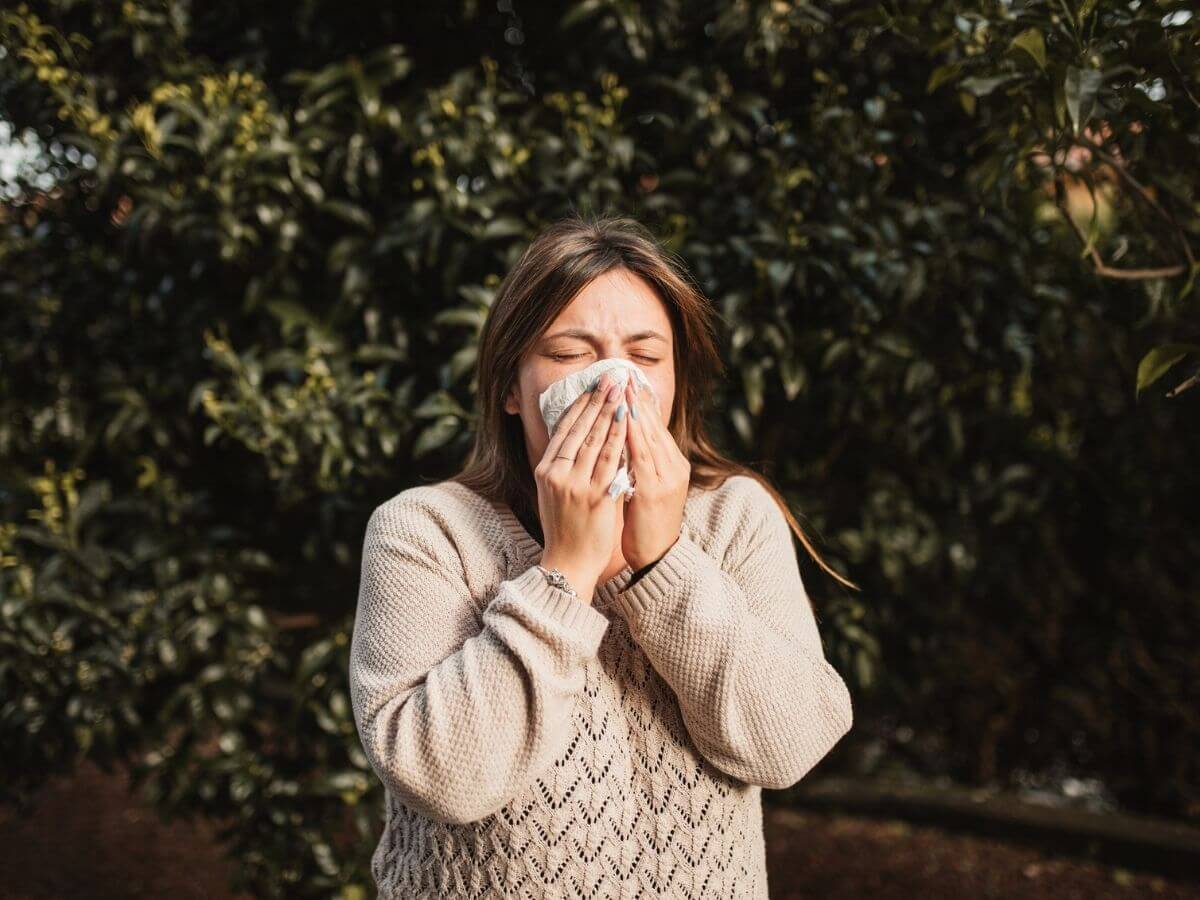Are Allergies Genetic?

Allergies can be passed down, but not necessarily the same allergies. If allergies run in your family, there’s a good chance you’ll get them, too. The familial tendency to develop allergic conditions is known as atopic and more than half of children born into atopic families are likely to develop allergies.
Common Genetic Allergies
Just because you, your partner or one of your children might have allergies doesn’t mean that all of your children will develop them. It also doesn’t mean that they’ll inherit the same allergies, but they’ll inherit the likelihood of developing allergies. Here are some of the most common allergies that may or may not be passed down.
Common Airborne Allergies:
● Dust mites. These are microscopic insects that feed on the millions of dead skin cells that fall off our body every day. Dust mites are the main allergic component in house dust.
● Pollen. Also called “hay fever,” pollen is a major cause of allergies. Pollen consists of tiny particles that are released into the air from trees, weeds and grasses.
● Molds. Molds are fungi that thrive in warm, moist environments indoors and outside. Molds are usually seasonal, but some can grow all year, especially outdoor molds.
● Pet. Pet allergies are caused by pet dander, which consists of tiny flakes of shed skin and animal saliva. As pets lick themselves, saliva gets on their fur and, when it dries, it becomes airborne and works its way into the fabrics of the home.
● Cockroaches. Mainly a problem in larger cities, cockroaches are a major allergen.
Common Food Allergies:
● Cow’s milk. Between 2-3% of children under three are allergic to the proteins found in cow’s milk.
● Eggs. This can be challenging because eggs are often the “hidden” ingredient in a lot of foods.
● Fish & shellfish. These are common allergies that people usually don’t outgrow.
● Peanuts & tree nuts. Allergies to peanuts and tree nuts, such as almonds, cashews, walnuts, pecans, and hazelnuts, are on the rise. These allergies typically can’t be outgrown.
● Soy. More common in babies than older children, many infants that are allergic to cow’s milk are also allergic to the protein in soy formulas.
● Wheat. Wheat proteins are found in many foods and, like many food allergies, can cause life-threatening reactions.
Other Common Allergies:
● Insects. For anyone who’s allergic to the venom from an insect bite, such as bees, the reactions can be very serious.
● Medicines. Typically, antibiotics are the most common types of medicines that cause allergic reactions.
● Chemicals. Some people can be allergic to certain cosmetics or laundry detergents that cause them to break out into hives when their skin comes into contact with them. Dyes, household cleaners and some pesticides can also cause allergic reactions.
Other Factors for Allergies
Some people are affected by environmental factors that can cause allergic reactions. Environmental allergies differ from those caused by foods in that they’re caused by triggers that you come in contact with during daily activities. The symptoms of environmental allergies are similar to a cold, which is caused by a virus, but they’re a response to certain substances in your surroundings.
Symptoms of Environmental Allergies:
● Sneezing
● Runny nose
● Shortness of breath
● Itching
● Headaches
● Wheezing
● Fatigue
Air Pollution and Allergies
The United States Environmental Protection Agency (EPA) defines air pollution as “any visible or invisible particle or gas found in the air that’s not part of the natural composition of air.” It can be caused by a variety of naturally occurring and man-made sources such as gases, smoke from fires, volcanic ash, and dust particles.
Indoor Air Pollution Sources
Because we all spend a lot of time in our homes, exposure to allergens and irritants can be a cause for concern.
Sources of Indoor Air Pollution Include:
● Household cleaners and air-freshening sprays or devices
● Fuel-burning heat sources, such as a wood-burning stove
● Smoke from cooking, candles, fireplaces, or tobacco
● Toxic fumes that are “off-gassing” from new products, like carpet or furniture
● Attached garages that store cars, lawn mowers, and motorcycles that add carbon monoxide to the air
● Building and paint products
● Pesticides
● Radon (a gas that comes from the ground into a home that can rise to dangerous levels)
● Humidity that allows mold to grow
● Cosmetics, perfumes, and hair sprays
Reducing Your Home’s Indoor Air Pollution:
● Don’t smoke tobacco products inside
● Use a humidifier if you live in a humid area
● Open windows to increase air circulation
● Store harmful products in a shed that’s not attached to your home
● Avoid using candles or other odor-hiding fragrances
● Install carbon monoxide and radon alarms
● Install certified asthma & allergy friendly air filters
Learn More About Allergy Treatment from Baptist Health
Find a Baptist Health provider near you or schedule an appointment online today to get diagnosed and treated for any allergies you may have.



